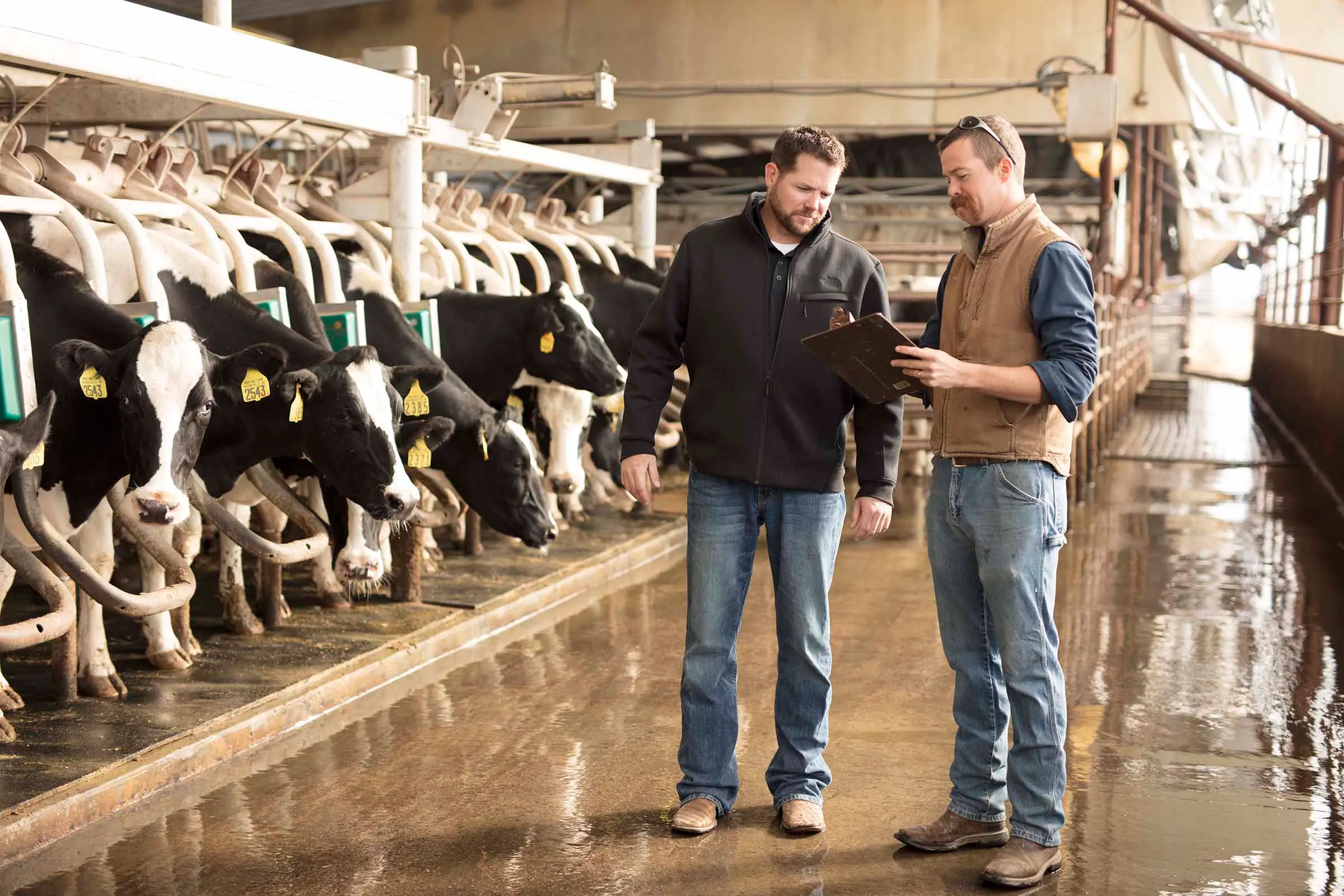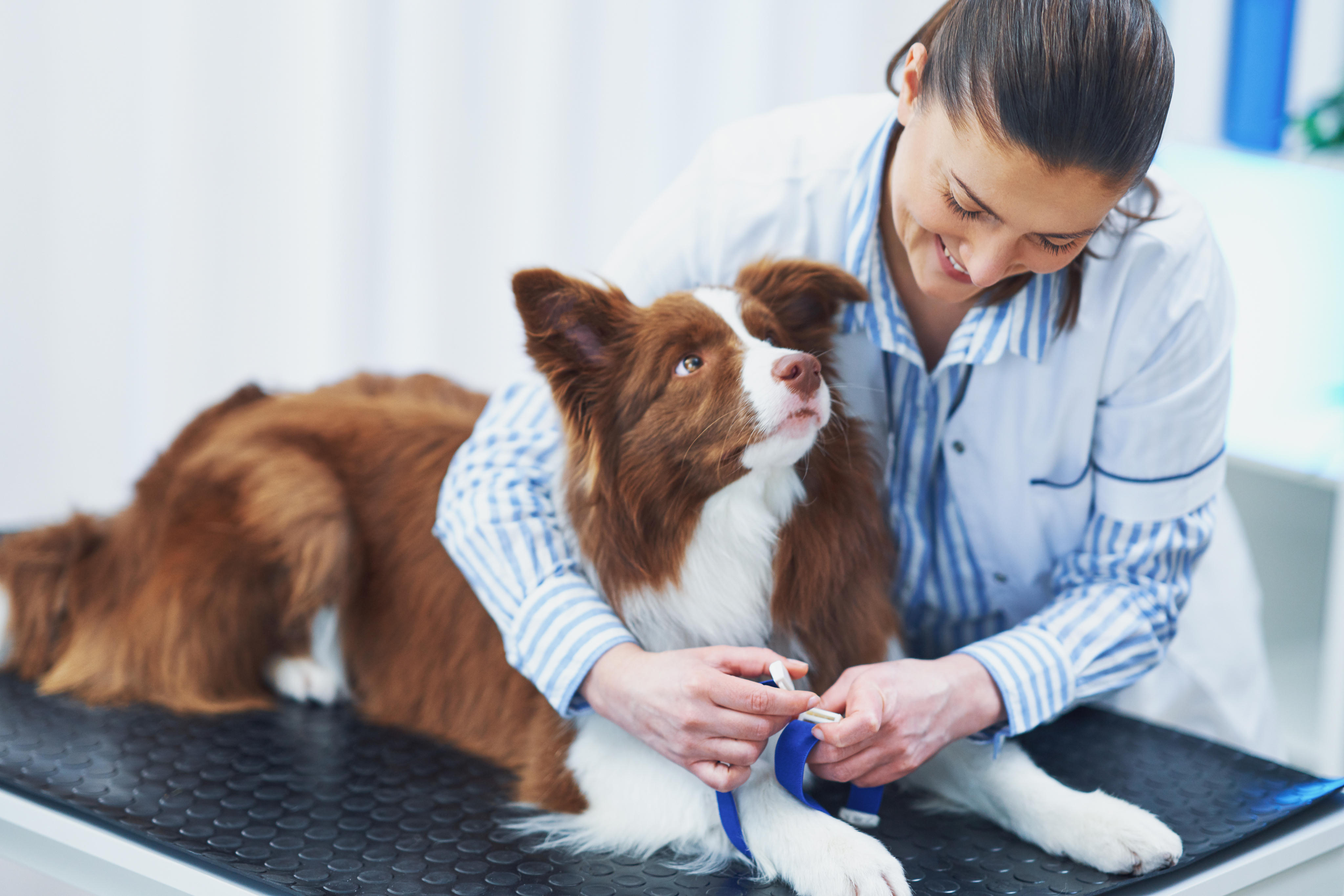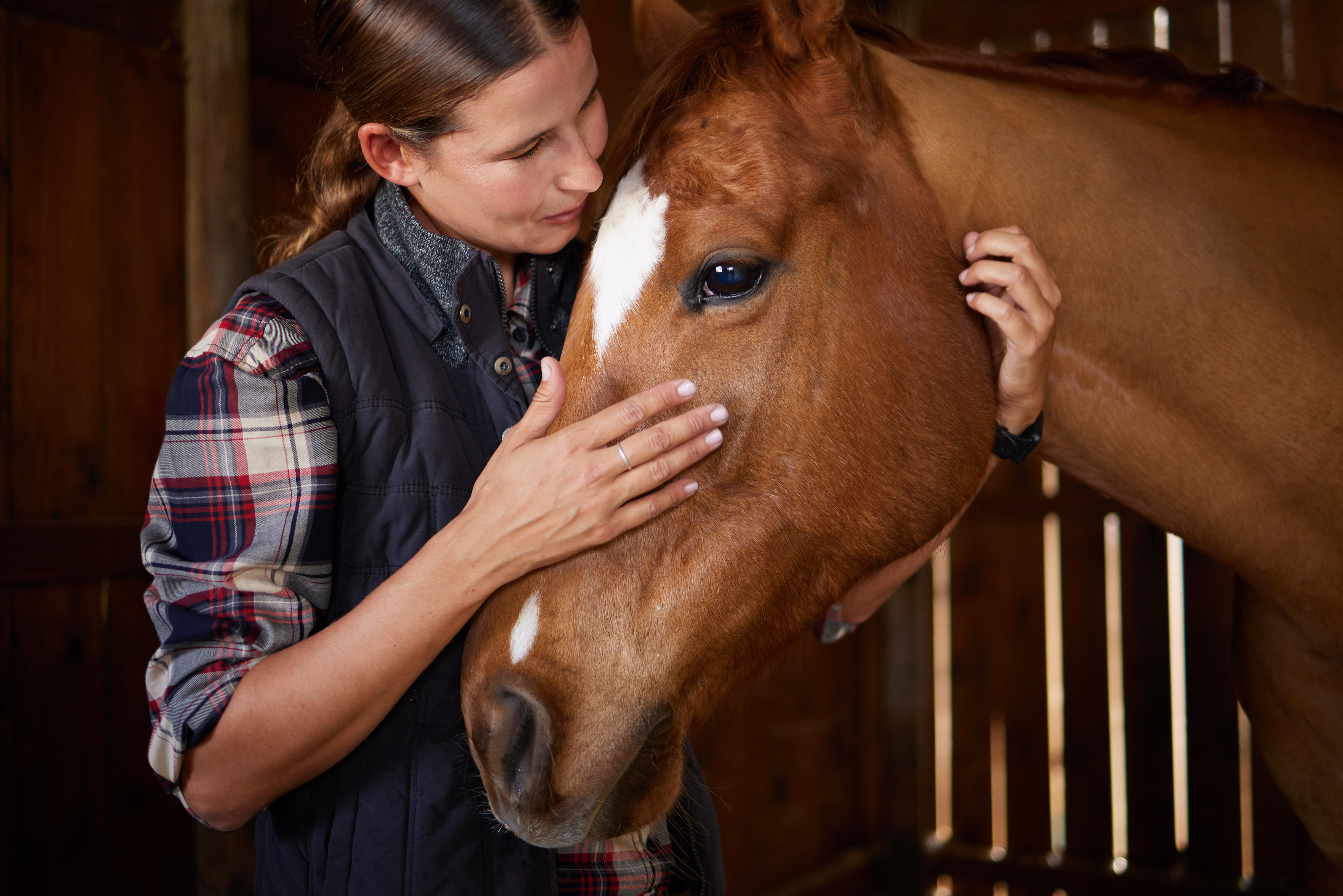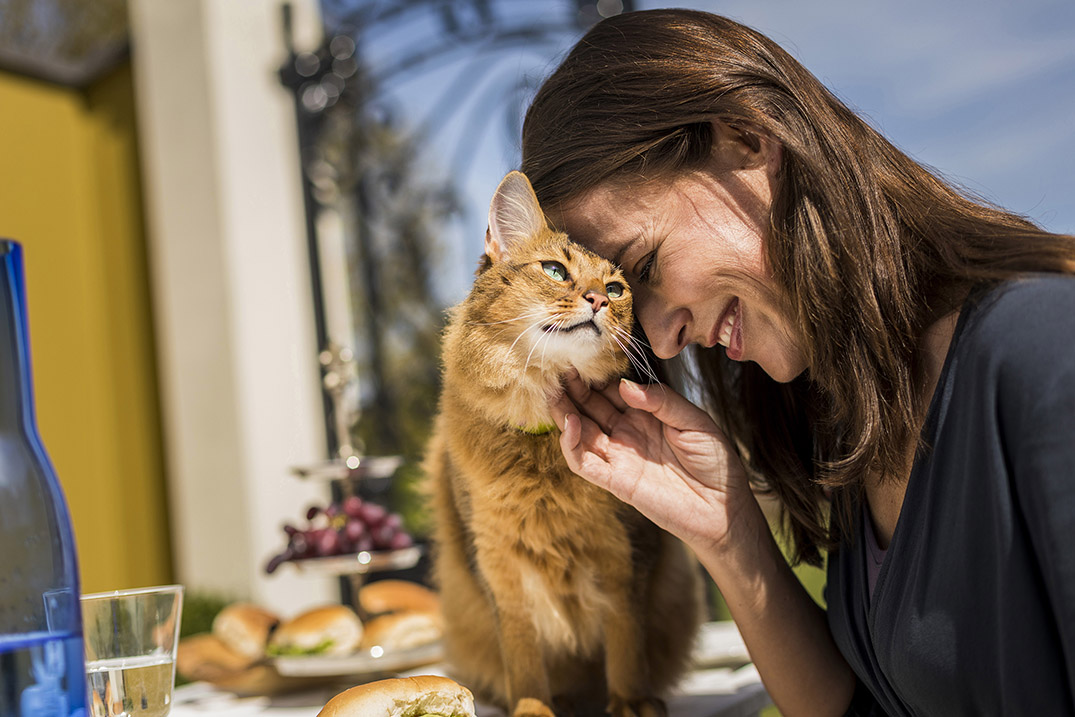Disease Overview
Although the vast majority of colic cases are mild, colic is the number one killer of horses. There are a number of causes of colic, which simply refers to abdominal pain in horses. While colic can range in severity from mild to life-threatening, pain relief is almost always necessary. In mild cases, which are often presumed to be the result of an intestinal spasm or excessive gas in the gastrointestinal tract, analgesia is often the only treatment needed. In cases involving an intestinal twist or displacement, surgery is likely necessary. Veterinarians and horse owners must take all cases of colic or suspected colic seriously, because it can be difficult to tell mild cases from those requiring serious intervention such as surgery in early stages.
Merck Animal Health Solutions
DOLOREX® (butorphanol tartrate injection)
Clinical Signs
Infection affects the central nervous system.
- Pawing repeatedly
- Looking back at the flank region
- Curling the upper lip and arching the neck
- Repeatedly raising a rear leg
- Kicking or biting at the abdomen
- Repeated rolling from side to side, often with grunting sounds
- Unexpected sweating
- Stretching out as if to urinate
- Straining to defecate
- Distention of the abdomen
- Reduced or absent digestive sounds
- Loss of appetite
- Depression
- Decreased number of bowel movements
- Elevated heart rate
- Elevated respiratory rate
- Dilated pupils
Risk Factors
- Parasitism
- Dehydration
- Poor-quality diet
- Feeding grain as more than 50% of the diet
- Excessive intake of rich forage
- Cold weather
- Lack of exercise
- Obesity
- Stress
Important Safety Information
Dolorex: For use in horses only. Not for use in horses intended for food. DOLOREX, a potent analgesic, should be used with caution with other sedative or analgesic drugs as these are likely to produce additive effects. There are no well controlled studies using butorphanol in breeding horses, weanlings and foals. Therefore the drug should not be used in these groups.
References
“Colic: Minimizing its Incidence and Impact in your Horse,” American Association of Equine Practitioners, copyright 2021, aaep.org/horsehealth/colic-minimizing-its-incidence-and-impact-your-horse.
Earl Gaughan, “Pain Recognition and Management in Horses,” Merck Animal Health, copyright 2018, www.merck-animal-health-equine.com/news/article/34.
Scott Leibsle, “Cold Weather Colic,” American Association of Equine Practitioners, 2016, aaep.org/horsehealth/cold-weather-colic.
Nancy Loving, “Colic: Updates and Prevention,” American Association of Equine Practitioners, 2016, aaep.org/horsehealth/colic-updates-and-prevention.




 Go To United States
Go To United States Algeria
Algeria Argentina
Argentina Australia
Australia Austria
Austria Bahrain
Bahrain Belgium (Dutch)
Belgium (Dutch) Brazil
Brazil Canada (English)
Canada (English) Chile
Chile Colombia
Colombia Croatia
Croatia Czech Republic
Czech Republic Denmark
Denmark Ecuador
Ecuador Egypt
Egypt Finland
Finland France
France Germany
Germany Greece
Greece Hungary
Hungary India
India Indonesia
Indonesia Iraq
Iraq Ireland
Ireland Israel
Israel Italy
Italy Japan
Japan Jordan
Jordan Kuwait
Kuwait Lebanon
Lebanon Malaysia
Malaysia Mexico
Mexico Morocco
Morocco Netherlands
Netherlands New Zealand
New Zealand Norway
Norway Oman
Oman Panama
Panama Peru
Peru Philippines
Philippines Poland
Poland Portugal
Portugal Qatar
Qatar Romania
Romania Russian Federation
Russian Federation Saudi Arabia
Saudi Arabia South Africa
South Africa South Korea
South Korea Spain
Spain Sweden
Sweden Switzerland (French)
Switzerland (French) Taiwan
Taiwan Thailand
Thailand Tunisia
Tunisia Turkey
Turkey Ukraine
Ukraine United Arab Emirates
United Arab Emirates United Kingdom
United Kingdom Uruguay
Uruguay Yemen
Yemen Global
Global